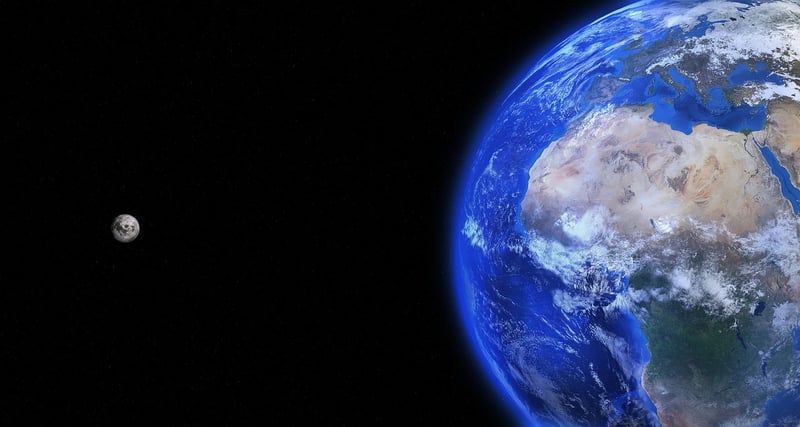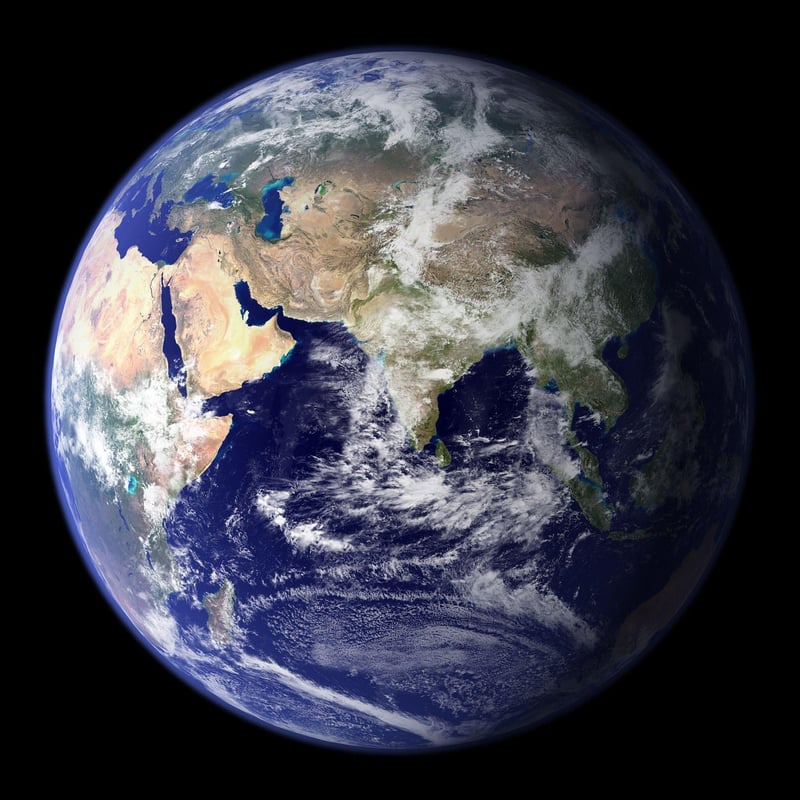Planet-themed Timelines
Guidance for Organizing Your Celestial Event
Organizing a celestial event can be an exciting and enriching experience for both yourself and your guests. Whether you're planning a stargazing party, a meteor shower viewing, or a planet observation night, here are some helpful tips to ensure your event is a stellar success:
1. Choose the Right Location
Ensure the venue you select has minimal light pollution to maximize celestial visibility. Parks, open fields, or mountains away from urban areas are ideal locations for stargazing events.
2. Check the Weather Forecast
Keep an eye on the weather forecast to avoid any unexpected cloud cover or precipitation that could hinder your celestial experience. Clear skies are essential for optimal viewing conditions.
3. Provide Necessary Equipment
Have telescopes, binoculars, star maps, and blankets available for guests to use during the event. Encourage attendees to bring their own equipment if they have any.
4. Include Educational Elements
Consider having an expert astronomer or enthusiast present to provide insights and guidance on celestial objects visible during the event. Educational activities or workshops can also enhance the experience.
5. Create a Comfortable Environment
Set up seating areas, provide warm beverages, and consider having portable heaters or fire pits to keep guests comfortable during chilly nights. Comfortable guests are more likely to stay longer and enjoy the event.
Planet-Themed Timelines
For those interested in exploring the wonders of our solar system, here are some planet-themed timelines to guide your celestial journey:
Mercury
Mercury is the closest planet to the Sun and is named after the Roman messenger god. It completes a full orbit around the Sun in just 88 Earth days.

Venus
Venus is known as Earth's "sister planet" due to its similar size and composition. It has a thick atmosphere composed mainly of carbon dioxide.

Earth
Our home planet, Earth, is the only known celestial body to support life. It has a diverse range of ecosystems and is the third planet from the Sun.

Mars
Mars, often called the "Red Planet," is known for its reddish appearance due to iron oxide on its surface. It has the largest volcano and canyon in the solar system.

Explore these timelines to learn more about each planet's unique characteristics and significance in our solar system.
